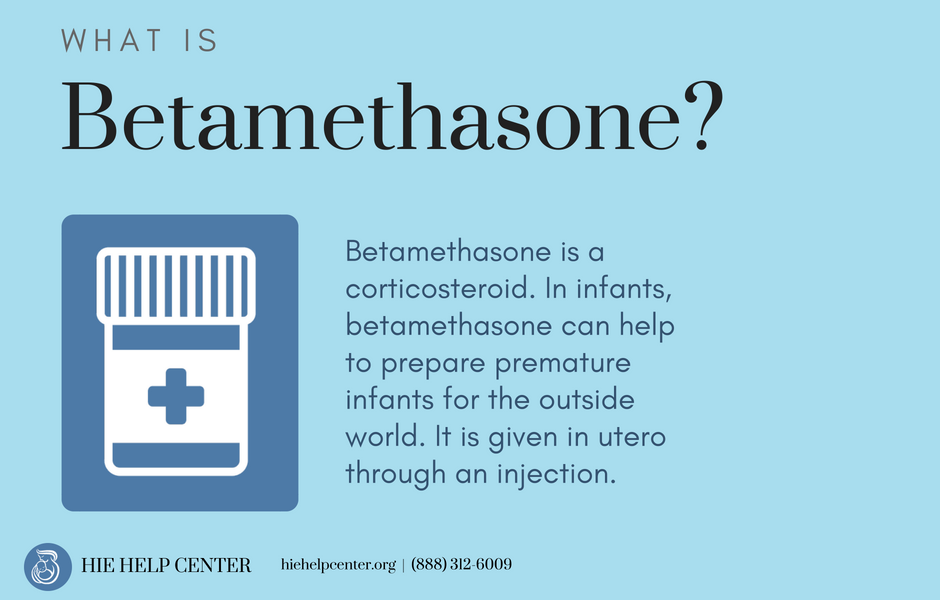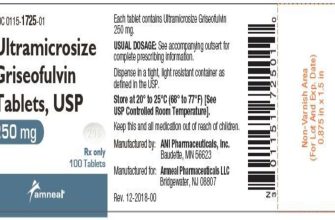Betamethasone is a corticosteroid frequently administered to pregnant women at risk of preterm delivery (before 34 weeks gestation). Its primary purpose is to accelerate fetal lung maturity, reducing the risk of respiratory distress syndrome (RDS) in the newborn. This benefit significantly outweighs potential risks, making it a cornerstone of preterm labor management.
Administration usually involves two intramuscular injections, given 24 hours apart. Studies show a substantial decrease in RDS incidence with this regimen – a reduction of approximately 50% compared to untreated pregnancies. However, individual responses vary, and close monitoring of both mother and fetus remains critical.
Potential side effects, though generally mild and transient for the mother, include increased blood sugar levels and temporary fluid retention. Infrequently, the mother might experience mood changes. For the baby, potential side effects are rare and usually minor, possibly including low blood sugar after birth (requiring monitoring). The benefits clearly outweigh these potential minor complications.
Remember: This information serves as an overview. Always consult with your healthcare provider for personalized advice and to assess your specific risk factors and gestational age. They will guide you on the optimal course of action based on your individual circumstances and monitor the treatment’s effectiveness.
Betamethasone Injections: Reducing Preterm Birth Complications
Betamethasone significantly improves a preterm baby’s chances of survival and reduces severe complications. A single course typically involves two injections, 24 hours apart. This steroid treatment accelerates fetal lung maturity, a crucial factor in preventing respiratory distress syndrome (RDS), a leading cause of death in premature infants. Studies show a substantial reduction in RDS incidence–approximately 50%–with betamethasone use.
Reducing Other Complications
The benefits extend beyond lung development. Betamethasone also helps reduce the risk of other serious issues, including intraventricular hemorrhage (brain bleeding), necrotizing enterocolitis (NEC, a life-threatening bowel condition), and periventricular leukomalacia (PVL, brain damage affecting white matter). These reductions contribute to improved overall neonatal outcomes and shorter hospital stays.
Optimal Timing and Administration
For optimal effectiveness, administration should occur ideally between 24 and 34 weeks of gestation. Your doctor will carefully assess your individual circumstances to determine the appropriate timing and dosage. Remember to discuss any concerns or questions you may have with your healthcare provider.
Betamethasone Injections: A Guide for Healthcare Professionals
Administer Betamethasone 12mg IM, repeated in 24 hours, for women at risk of preterm delivery between 24 and 34 weeks gestation. This dosage promotes fetal lung maturity.
Contraindications and Precautions
Avoid Betamethasone administration if the gestational age is less than 24 weeks or greater than 34 weeks. Exercise caution in cases of known maternal diabetes, hypertension, or active infections. Monitor for maternal hyperglycemia and potential infection worsening. Always consider the potential benefits against risks before administering.
Monitoring and Follow-Up
Closely observe the mother for signs of infection, hyperglycemia, and pulmonary edema. Regularly assess fetal heart rate and maternal vital signs. Repeat blood glucose monitoring as needed, adjusting treatment accordingly. Counsel patients about potential side effects, including fluid retention and increased blood glucose.
Patient Counseling
Clearly explain the purpose of Betamethasone, highlighting its role in reducing neonatal respiratory distress syndrome. Address potential side effects and emphasize the importance of regular follow-up appointments. Provide written information, including contact details for additional support.
Alternative Strategies
Consider alternative strategies for fetal lung maturity enhancement in cases of contraindications to Betamethasone or maternal refusal. This may involve further gestational age monitoring and supportive care.










